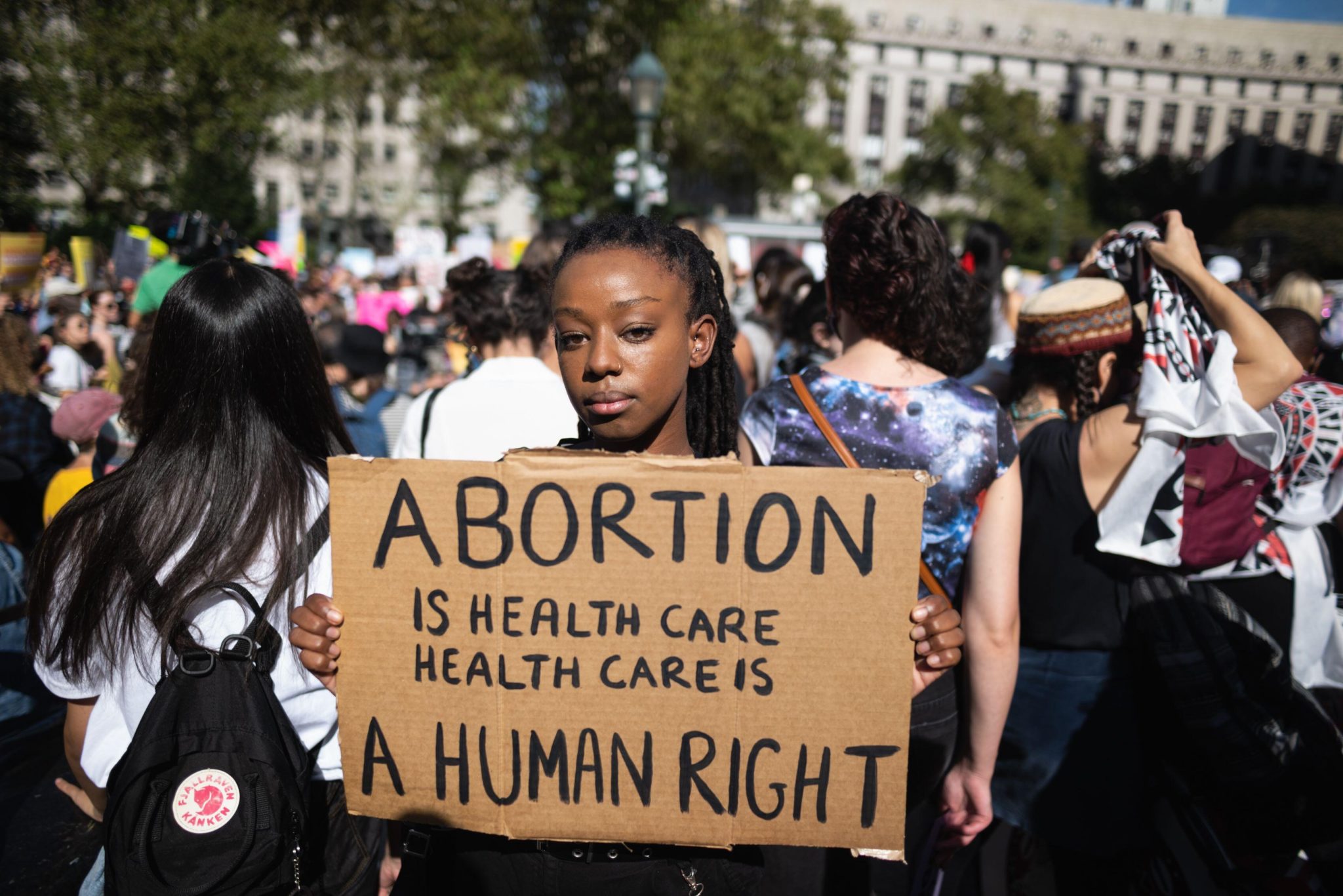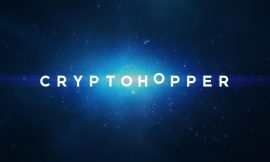Any discussion surrounding religious studies courses and a Bible is filled with conflicting and contentious positions. If there is ever a very sensitive subject at the intersections of ethical concerns, matters of spirituality and personal right, then, it remains abortion. Its relation stretches from questions dealing with human life, whether or not it should exist, along with personal moral values regarding an individual and societal conceptions of correct and morally acceptable conduct. It is very challenging to explore these issues in an academic setting, yet it is a necessary avenue for critical thinking and involvement with contemporary issues. The Abortion Bible by Michael Lee offers an innovative, nuanced perspective for use in the debate, making it a valuable addition to teachers’ instructional resources for exploring abortion within the Bible and religious studies classrooms.
Utilizing The Abortion Bible as a teaching tool can offer chances to explore the multiple views of abortion and look into how the topic crosses into theology, ethics, and social justice. Here’s a look at how The Abortion Bible by Michael Lee can be used as a transformative tool in religious studies and Bible courses and key approaches for educators wanting to introduce this complex subject.
-
Balanced Perspective
One of the strengths of The Abortion Bible is that it offers a balanced view. This will enable the reader to address the issue of abortion from different aspects. For teachers, balance is very important. For teaching abortion in Bible and religious studies classes, educators must be sensitive to opinions and beliefs because students often hold very strong personal convictions about abortion. Using the book as a guide, teachers can initiate exploratory sessions about what understanding and empathy are while making the students know different theological as well as ethical philosophies.
Lee’s approach highlights both conservative and liberal religious views on abortion, thereby showing how different traditions and scriptural interpretations lead to different beliefs. This provides a rich foundation for classroom discussions, as students are encouraged to examine their own beliefs in light of historical, cultural, and theological contexts.
-
Exploring Scriptural Interpretations
The Abortion Bible analyzes the difficult work of interpreting the Bible concerning the questions of abortion, life, and morality. In other words, it becomes the possibility for students to move further in studying the Bible and other sacred writings critically. Michael Lee points to the passages and their meanings which have been commonly identified with the views on life and bodily autonomy; in doing so, it is possible to make this complicated job easier for teachers preparing a session of scriptural analysis.
From this, students will identify the meanings that have emerged through the Old and New Testaments. They may, for instance, complete an assignment in which they analyze texts from both testaments to identify how the Bible is understood at various points in time in the different denominations. For instance, teachers can give them a portion of The Abortion Bible and its original scripture to compare both with the context of why one belief is true over the other when it comes to abortion.
-
Historical Context of Understanding
The Abortion Bible by Michael Lee further has given insight into the historical and cultural contexts that impact religious views on abortion. For a Bible or religious studies course, this is important because it gives the student a realization that religious beliefs are shaped by the societies in which they happen to be developed. The historical approach to teaching abortion will help students appreciate the complexity of religious doctrine, showing how shifts in culture, politics, and societal values have influenced the interpretation of scripture.
In the classroom, parts of Lee’s book can be used to show how historical events, such as political changes, medical advancements, and social movements, have impacted religious teachings on abortion. This helps students realize that religious beliefs are not static but change with the changing context, which allows students to apply this knowledge to other issues as well.
-
Interacting with Ethical Dilemmas
Abortion is inherently an ethical issue, and The Abortion Bible gives a balanced perspective on the ethical dilemmas surrounding it. Michael Lee’s work challenges students to confront difficult questions about morality, rights, and compassion, forcing them to determine where they stand on the issue. Educators can use The Abortion Bible as a springboard for discussing broader ethical principles, such as the sanctity of life, individual autonomy, and societal responsibility.
Debates, essays, group discussions among others to articulate and defend ethical positions based on doctrine and personal reflection are classroom activities. Working through Lee’s work poses moral questions that encourage critical consideration of students’ own ethical frameworks–a very useful skill for much of life.
-
Relationship to Social Justice Issues
The Abortion Bible by Michael Lee is well-linked to the broader themes of social justice, especially where women’s rights, availability of health care, and socio-economic disparities are considered. These will enable educators to invite students to consider ways in which these issues overlap with religious beliefs and if these are fair or unfair.
The discussion of abortion as a subject of social justice informs students of real-life consequences for teaching religion. For example, they may be questioning: how do religious stances on abortion become translated into public policies? To what extent have religious groups advocated for the right or against reproductive choice? These kinds of questions assist to gradually lead into broader discussions over the role responsibilities of faith communities in providing solutions to social justices. Teaching religion in this way becomes much more important and relevant to the students’ own personal lives.
-
Encouraging Empathy and Open Dialogue
Perhaps the best possible application of The Abortion Bible in a classroom could be that it fosters empathy and open dialogue among students. Abortion is a private issue; however, in the light of religion, it becomes rather complex to discuss, but Michael Lee’s balanced approach has created pathways for dialogue respectfully, without making any student feel judged.
Educators can foster a class environment that promotes respectful listening, open-mindedness, and empathy. Framing the discussion as an investigation of perspectives rather than debate can make students feel secure in their expression of view. This approach not only fosters a more inclusive classroom environment but also imparts students with valuable lessons in empathy and communication.
-
Bridging the Gap Between Faith and Science
An interesting aspect of The Abortion Bible is the examine how faith and science might find common ground or be in opposition to one another. Student readers will be interested in exploring those dynamics in the ways in which Michael Lee exposes the investigation between the medical/scientific study of abortion and the opinions derived from faith.
This can serve as a basis for the educator to discuss, for instance, medical ethics, how science influences religious thought, and how faith communities interact with scientific discoveries. This can expand the knowledge of students on abortion and inspire them to think more deeply about how faith and science might coexist in the complexity of the world.
-
Preparing Students for Real-World Applications
Key skills equipping students beyond class skills are being taught by The Abortion Bible. While they dive into learning about abortion ethics, theologies, and social aspects, they build the ability to think critically, get updated on complex issues, and address other sensitive matters with sensitivity and respect. Such skills would make them valuable in communities, public service, and other areas where understanding various perspectives is highly relevant.
This exposure to complexities and varieties of a democratic society allows Michael Lee to prepare all sorts of pupils for any problems through his work in The Abortion Bible as he encourages his pupils to ponder difficult problems and carefully approaches controversial material. School programs in their study of Bible and religious education do this by combining such teaching into their packages, equipping students to have fuller educational experiences with preparation toward thinking critically upon these ideas as individuals along with great ethics.
Conclusion
Michael Lee’s Abortion Bible is invaluable for incorporation into bible and religious studies curricula to deal Elizabeth Van Doren with the complex controversial topic of abortion-a way of comprehensive provision of both perspective-balance and scriptural interpretation. The Abortion Bible is a powerful, challenge-to-assumptions kind of book that provokes sympathy and enables better people to understand one of today’s most contentious issues-that is, the interrelations between faith, ethics, and social issues.




